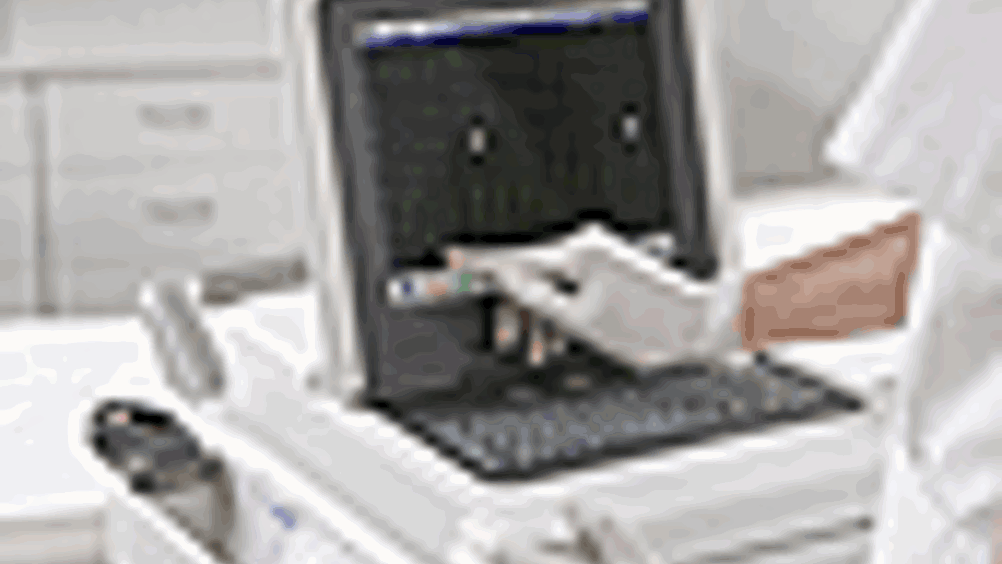ECG targets female disease

A cardiograph that uses gender-differentiated algorithms to provide more accurate diagnosis of heart disease in women has been developed by Philips.
According to the group, devices that diagnose coronary artery disease have, up until now, been developed and tested in men. However, women's coronary heart disease can show clinical differences such as damage occurring in smaller blood vessels, which could go unnoticed despite worsening symptoms.
The group's PageWriter TC50 cardiograph uses a software known as DXL Algorithm to discriminate between the varying symptoms of male and female heart disease. The entire system records 16 separate electrocardiogram (ECG) waveforms to provide a more accurate interpretation of heart rhythm and structure.
Kevin Geary, global product manager at Philips Healthcare, said: 'A standard ECG machine, which has 12 leads, misses a big part of what's happening with the heart. These machines only look at the left ventricle, and do not see the right ventricle or the back of the heart, resulting in two major blind spots. The added electrodes mean you can get a more complete picture of the state of your patient and pick up any signals that would otherwise be missed.'
The software combines the additional data with gender-specific parameters to identify symptoms such as acute global ischemia or the restriction of blood supply to large areas of the heart. These results are conveyed in a visual representation that Geary claims will allow a wider range of healthcare practitioners to identify ECG results while minimising the number of false positives.
Register now to continue reading
Thanks for visiting The Engineer. You’ve now reached your monthly limit of news stories. Register for free to unlock unlimited access to all of our news coverage, as well as premium content including opinion, in-depth features and special reports.
Benefits of registering
-
In-depth insights and coverage of key emerging trends
-
Unrestricted access to special reports throughout the year
-
Daily technology news delivered straight to your inbox










Water Sector Talent Exodus Could Cripple The Sector
Well let´s do a little experiment. My last (10.4.25) half-yearly water/waste water bill from Severn Trent was £98.29. How much does not-for-profit Dŵr...